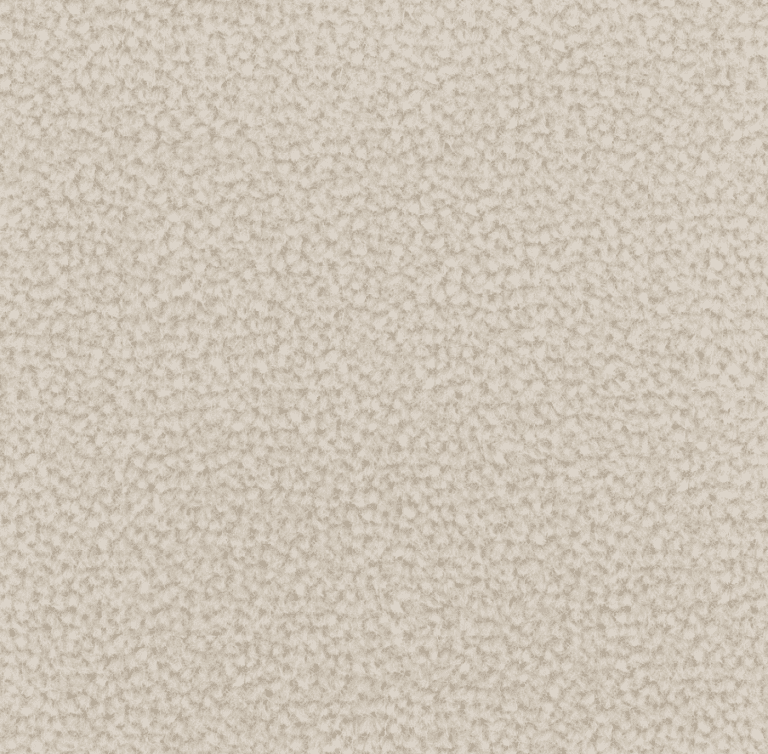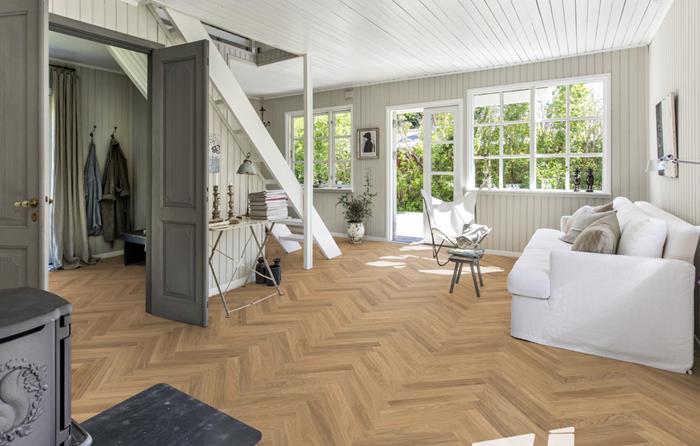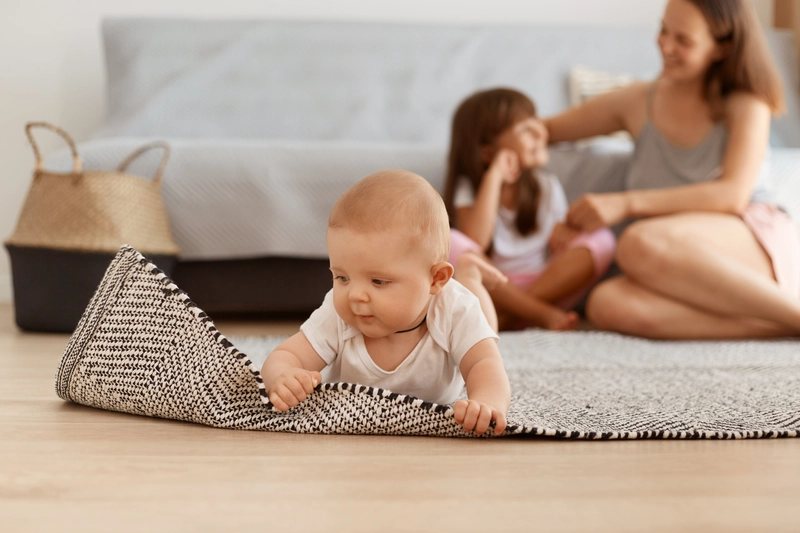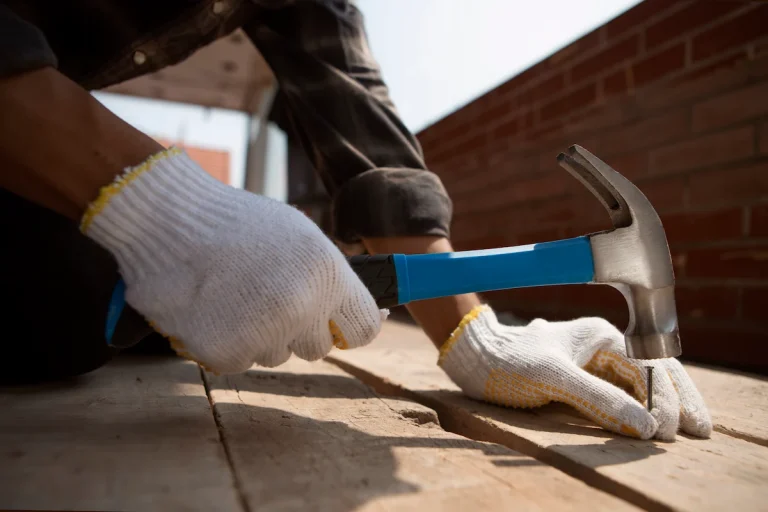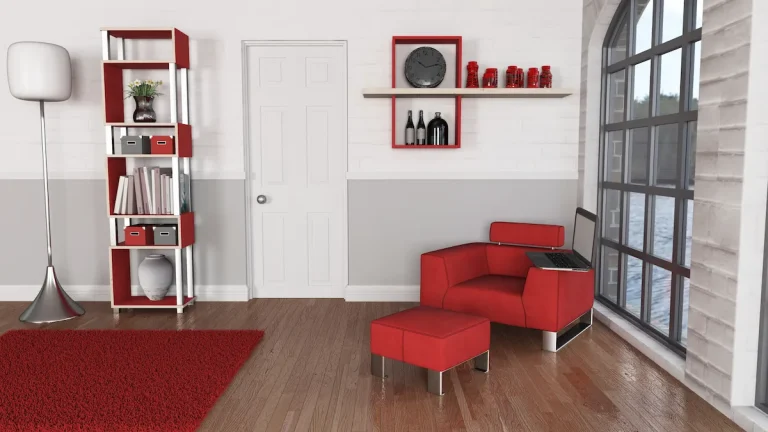Are you experiencing dissatisfaction with your old carpet and wondering, can you dye carpet instead of replacing it? The positive aspect is that carpet dyeing may present an ideal solution. This article will explore the concept of carpet dyeing—defining what it is, explaining the dyeing process, and identifying the types of carpets that are suitable for dyeing.
We will also discuss related services like upholstery cleaning and water damage restoration. We will examine the benefits and risks associated with this practice, provide a comprehensive guide to the dyeing process, and offer advice for those contemplating a do-it-yourself approach.
Additionally, insights from an expert interview with Andrew Rohr from MSS Cleaning will be included. So, can a carpet be dyed? Discover how you can rejuvenate your carpets and enhance your home décor while remaining within budget.
Can You Dye Carpets?
Carpet dyeing presents a viable solution for homeowners seeking to refresh their living spaces without incurring the substantial costs associated with replacement.
Whether addressing faded colours or rectifying bleach spots, the carpet dyeing process offers versatile solutions that can significantly enhance the overall décor of a home.
What Is Carpet Dyeing?
Carpet dyeing is a specialised technique that involves altering the colour of carpets through a meticulous dyeing process. This method facilitates effective colour matching and customisation, enabling the revitalisation of worn or outdated carpets, thereby extending their lifespan and enhancing the overall aesthetics of a space.
The importance of carpet dyeing in home décor is significant, as it offers a unique opportunity to refresh interior environments without necessitating complete replacements. By selecting a dye that complements existing furnishings, homeowners can achieve a cohesive appearance while conserving financial resources.
The dyeing process generally commences with a thorough cleaning of the carpet to prepare it for optimal dye absorption. Subsequently, a specific colour is chosen, which may involve mixing various colours to achieve an exact match with the desired palette. The dye is then applied using different techniques, such as spray or immersion, ensuring even penetration of colour.
The artistry involved in using custom carpet dyes allows for the creation of unique patterns and shades that standard carpets may lack, thereby imparting distinctive character to each space.
How Does Carpet Dyeing Work
The carpet dyeing process encompasses several stages, beginning with a comprehensive examination of the carpet fibres to determine the most suitable dye application method. This initial assessment ensures that the dye adheres effectively, resulting in a uniform and vibrant finish.
Initially, the technician evaluates the carpet’s material, which may include natural fibres such as wool and cotton or synthetic options like nylon and polyester. Understanding these distinctions is crucial, as each type of fibre reacts differently to various dyes.
The preparation steps generally involve:
- Thoroughly cleaning the carpet to eliminate dirt and residues, facilitating better dye penetration.
- Performing a small test dye on a concealed area to assess the compatibility of the selected dye with the carpet’s material.
Following the preparation phase, multiple dye application techniques can be employed, including:
- Spray dyeing, which allows for significant control over colour saturation.
- Dip dyeing, which is ideal for larger areas, ensuring even coverage.
In all cases, the significance of adjusting pH levels and employing heat setting cannot be overstated, as these factors greatly impact the durability and vibrancy of the dyed carpet. When executed with precision, carpet dyeing not only revitalises the aesthetic appeal but also extends the lifespan of the flooring, rendering it a valuable investment.
When Should You Consider Dyeing Your Carpets?
Dyeing carpets can be a highly effective option for homeowners in various situations, especially when addressing issues related to faded or stained carpets. Evaluating these considerations can assist in determining when it is appropriate to pursue carpet dyeing as a solution for enhancing home décor.
a. Faded or Discoloured Carpets
Faded or discoloured carpets are ideal candidates for dyeing, as this process can effectively restore their original vibrancy and aesthetic appeal.
In numerous households, carpets play a vital role in shaping the overall ambience, functioning both as a practical element and as a significant component of interior design. However, over time, factors such as sunlight exposure, spills, and general wear can considerably diminish their beauty.
Fortunately, dyeing offers a practical solution to rejuvenate and enhance these essential décor items. By meticulously selecting the appropriate dye and employing skilled techniques, carpets can be transformed from lacklustre remnants into vibrant focal points that reinvigorate the space.
Homeowners frequently report a remarkable improvement in both colour and overall aesthetic in their living areas following the dyeing process.
- Restores Original Colour: Dyeing can effectively revive the carpet’s initial hues.
- Cost-Effective: This option is often more economical than replacing the carpet.
- Customisable Options: Homeowners have the flexibility to choose dyes that complement their décor.
b. Stained Carpets
Stained carpets, particularly those with persistent stains that traditional removal methods cannot adequately address, can significantly benefit from the carpet dyeing process, which effectively conceals imperfections.
Unlike standard cleaning techniques that typically provide only a temporary solution by masking stains, carpet dyeing offers a more durable remedy by reintroducing colour to the affected areas. This method has the potential to rejuvenate the overall appearance of a carpet, restoring it to a like-new condition. It is effective in addressing a wide range of stains, including those from red wine and pet accidents, which often leave unsightly marks. Many homeowners have discovered that dyeing their carpets not only proves to be cost-effective in the long run but also enhances the aesthetic appeal of their living spaces.
- Effective for extensive stain coverage
- Enhances the carpet’s longevity
- Environmentally friendly options are available
When confronted with stubborn stains, considering this innovative approach can yield exceptional results.
c. Wanting to Change the Colour of Carpets
Homeowners seeking to change the colour of their carpets may consider dyeing as a flexible and effective solution, providing a refreshed appearance that aligns with their evolving home décor preferences.
Over time, many individuals observe that the colour of their carpets may become outdated or worn, no longer fitting the aesthetic of their living spaces. As tastes evolve, what once appeared to be the ideal shade may feel lacklustre, thereby prompting the need for dyeing as an attractive alternative to the installation of new flooring.
There are several reasons why homeowners might contemplate this approach:
- Cost-Effectiveness: Dyeing carpets is generally less expensive than complete replacement.
- Environmentally Friendly: Choosing to dye carpets reduces waste and minimises the carbon footprint associated with the production of new materials.
- Customisation: This method offers a variety of colour options that can perfectly complement existing furnishings.
- Repairing Damage: Dyeing can effectively conceal stains and damage, thereby extending the life of a carpet.
Considering these points, it is evident that this versatile technique enables homeowners to enhance the beauty of their interiors while also promoting sustainability.
What Types of Carpets Can Be Dyed?
Not all carpets are suitable for dyeing; however, numerous types, including wool and nylon, can successfully undergo the dyeing process. Understanding the specific carpet fibres involved is essential for achieving optimal results and ensuring durability after dyeing.
The choice of material is a significant factor in the outcome of carpet dyeing.
- Wool carpets, recognised for their natural resilience and ability to absorb dye, can produce vibrant colours while maintaining their integrity over time.
- Nylon, in contrast, is highly versatile and can be easily dyed, providing a broad spectrum of colour options; however, it may not retain dye as effectively as wool under specific conditions.
Other fibres, such as polyester and polypropylene, may also be dyeable, although their performance can differ. The suitability of a carpet for dyeing depends on various factors, including fibre type, existing colour, and the dyeing method employed. This ensures that the final product not only possesses aesthetic appeal but also remains durable and functional in any environment. Services like rug restoration can further enhance the carpet’s longevity.
The Benefits of Carpet Dyeing
Carpet dyeing offers a variety of advantages, making it a compelling choice for homeowners looking to rejuvenate their interiors. This method serves as a cost-effective alternative to carpet replacement, while also providing unique customisation options that can greatly improve carpet maintenance and enhance the overall aesthetic of the home.
a. Cost-effective Alternative to Replacing Carpets
One of the primary advantages of carpet dyeing is that it serves as a cost-effective alternative to the complete replacement of carpets, enabling homeowners to revitalise their spaces without incurring significant financial burdens.
By opting for this method, individuals can enhance the aesthetics of their interiors while adhering to budgetary constraints. In contrast to the substantial costs associated with purchasing new carpets, the process of carpet dyeing can markedly reduce expenses, making it a highly attractive option.
Furthermore, professional services specialising in carpet dyeing employ advanced techniques and high-quality dyes, ensuring a vibrant and durable finish that can rejuvenate worn flooring.
- This option not only results in financial savings but also minimises waste, contributing to environmental sustainability.
- Homeowners have the opportunity to select from a wide range of colours and shades that align with their design vision.
- The combination of affordability and the expertise of trained professionals makes the revitalisation of carpets more accessible than ever.
b. Customisation Options
Carpet dyeing presents extensive customisation options, enabling homeowners to select bespoke carpet dyes that align with their home décor and personal style preferences.
With a wide range of choices available, individuals can explore an extensive spectrum of hues, ensuring that their selections harmoniously complement existing furnishings and the overall ambience of their spaces. This level of personalisation not only enhances aesthetic appeal but also facilitates the creation of a unique atmosphere in any environment.
Skilled professionals specialising in carpet dyeing offer a variety of services, including:
- Colour Matching: Accurately replicating colours from samples or existing materials to achieve a cohesive appearance.
- Bespoke Designs: Custom patterns that reflect personal taste and style, transforming ordinary carpets into striking focal points.
- Fade and Stain Restoration: Revitalising older carpets by refreshing their colour, which can significantly extend their lifespan.
Ultimately, the advantages of customisation in carpet dyeing enable homeowners to craft spaces that genuinely reflect their individuality while enhancing the overall value of their property.
c. Can Help Restore Faded or Stained Carpets
Another significant advantage of carpet dyeing lies in its efficacy in restoring faded or stained carpets, making it a viable solution for homeowners contending with unsightly bleach spots or general wear and tear.
When carpets experience deterioration due to factors such as sunlight exposure, spills, or ageing, carpet dyeing emerges as an excellent method for revitalising them. This process not only conceals discoloured areas but also rejuvenates the overall appearance, enhancing both colour and vibrancy.
Homeowners can anticipate several benefits from this restoration technique:
- Fading Restoration: The gradual loss of colour in carpets can be effectively addressed, allowing the original hues to resurface.
- Stain Concealment: Persistent stains that standard cleaning methods cannot remove may be effectively masked through dyeing, resulting in a seamless appearance.
- Increased Longevity: By revitalising colour and texture, this method can contribute to extending the lifespan of the carpet, thereby protecting the investment made.
Ultimately, opting for this carpet cleaning service enables homeowners to maintain their carpets in excellent condition, thereby minimising the need for costly replacements while enjoying the aesthetic benefits of a beautifully restored floor covering and extending their carpets lifespan.
The Risks of Carpet Dyeing or Wool Carpet Cleaning
Despite its numerous advantages, carpet dyeing presents certain risks that homeowners must thoughtfully consider. Challenges such as achieving the desired colour and ensuring compatibility with specific carpet fibres can result in unsatisfactory outcomes if the process is not conducted by skilled professionals with extensive cleaning experience.
a. May Not Work on All Types of Carpets
One notable risk associated with carpet dyeing is that it may not be effective on all types of carpets, particularly those constructed from synthetic fibres, which often do not absorb dye as well as natural fibres such as wool or nylon.
This challenge primarily stems from the chemical composition of synthetic materials, such as nylon or polyester, which are typically engineered to resist stains and absorption, often requiring specialised stain removal techniques. The dyeing process itself can vary based on the texture and construction of the carpet, making it essential to thoroughly understand the specific characteristics of a carpet before attempting any coloration.
- Natural fibres, such as wool, generally provide better dye uptake due to their porous nature, resulting in richer and more vibrant colours.
- Conversely, synthetic fibres frequently necessitate specialised dyes and techniques to achieve satisfactory results.
Therefore, it is imperative to consider a carpet’s origin and material composition as critical factors that significantly influence the dyeing outcome. Not all synthetic carpets can be successfully dyed; in some cases, the dyeing process may result in uneven coloration or even damage to the material, thus affecting the carpets lifespan.
b. May Not Achieve Desired Colour
Another risk associated with carpet dyeing is the possibility that the final result may not align with the desired colour, underscoring the significance of consulting experts throughout the dyeing process.
This unforeseen discrepancy can arise from a variety of factors, including the original fabric’s dye composition, exposure to environmental elements, or improper application techniques. Such variables often result in outcomes that differ considerably from expectations, leading to a carpet that may not enhance the intended aesthetic.
To mitigate these mismatches, it is essential to engage in comprehensive discussions with professionals who specialise in colour matching. Their expertise can provide valuable insights into:
- Recommended dyes: Identifying the most suitable dye types for specific fibres.
- Testing methods: Conducting small sample tests to preview potential outcomes.
- Environmental factors: Considering lighting conditions that can influence perceived colours.
Given these complexities, seeking expert advice not only ensures a more favourable outcome but also promotes a well-well-considered choices process, ultimately contributing to the success of the dyeing project.
How to Dye a Carpet
Dyeing a carpet requires a thorough approach that encompasses preparation, selection of appropriate dyes, and meticulous application techniques to achieve optimal results while preserving the integrity of the carpet. Additionally, tile and grout cleaning can complement the newly dyed carpet, enhancing the overall look of the room.
Adhering to a systematic process is essential for effective carpet maintenance following the dyeing procedure.
1. Preparing the Carpet
Preparing the carpet is a crucial initial step in the dyeing process, which entails thorough cleaning and inspection of carpet fibres to ensure their suitability for dye application.
The first phase necessitates a comprehensive cleaning of the surface to eliminate any dirt, dust, or stains that could impede the dye’s adherence. It is advisable to begin by vacuuming the entire area to remove loose debris, with particular attention given to high-traffic zones. Subsequently, an assessment of the carpet’s condition is essential; this includes checking for fading, wear, or any damage that may impact the dyeing results.
- For carpets composed of synthetic fibres such as nylon or polyester, it is important to note that these materials typically absorb dyes differently than natural fibres like wool or cotton.
- In the case of natural fibres, conducting a small patch test is imperative to prevent uneven colouring.
By considering these factors, one can ensure that the carpet is adequately prepared for a successful dyeing process, ultimately resulting in a vibrant and long-lasting finish.
2. Choosing the Dye
Selecting the appropriate dye is crucial for the successful dyeing of carpets, necessitating a thorough consideration of factors such as colour swatches and the types of custom carpet dyes that are compatible with the specific fibres involved.
When choosing a dye for a project, it is imperative to assess the compatibility with carpet fibres to ensure optimal results. For instance, synthetic fibres typically respond differently to dyes compared to natural materials. Aesthetic preferences also play a significant role in this decision-making process. Understanding how various hues interact with your interior design can enhance the overall ambience of a space.
The following are key factors to consider:
- Type of Fibre: Identify whether the carpet is composed of wool, nylon, polyester, or another material.
- Colour Fastness: Ensure that the dye exhibits good light and wash fastness to maintain vibrancy over time.
- Application Method: Determine whether the dye is suitable for immersion, spray, or hand application.
When selecting colour swatches, it is important to consider how they will blend with existing elements such as tile cleaning that may be part of the overall room setup.
By carefully analysing these elements, one can achieve a visually appealing outcome that harmonises with the existing décor.
3. Applying the Dye
The dye application process is a critical stage in carpet dyeing, necessitating the use of careful techniques to ensure an even and thorough application throughout the carpet fibres.
To achieve exceptional results, it is essential to employ various tools and methods specifically designed for carpet dye application.
- Preparation: It is imperative to start by thoroughly cleaning the carpet to remove any dirt and debris. This step not only enhances dye adhesion but also ensures a uniform colour.
- Testing: Conducting a patch test in an inconspicuous area is advisable to confirm compatibility between the dye and the carpet material.
- Application Techniques: Utilising a brush or spray nozzle facilitates precise application, allowing for better control over colour distribution.
- Sealant Use: It may be beneficial to apply a sealant after dyeing to lock in the colour and enhance durability.
Integrating expert techniques, such as proper dilution ratios and an understanding of dye absorption rates, will contribute to optimal results, making the process efficient and the final outcome visually impressive.
4. Drying and Finishing
After the dyeing process, it is essential to conduct proper drying and finishing to set the colours and ensure the longevity of the newly dyed carpet.
Once the dye has been applied, the initial step involves removing excess moisture to prevent any potential colour bleeding. This is typically accomplished through gentle blotting with absorbent cloths or utilising specialised equipment designed for this purpose.
Subsequently, the carpet should be laid flat in a well-ventilated area to facilitate air circulation, which will expedite the drying process. Ensuring that the carpet dries evenly is crucial to avoid distortions or uneven tones that could compromise the overall design.
The next phase includes finishing, which may involve additional steaming to set the fibres. Furthermore, applying protective treatments can enhance the carpet’s resilience against dirt and stains. Thorough inspections should be performed to ensure that no areas remain damp, as this is vital to maintaining the overall integrity of the fabric.
Ultimately, these meticulous steps not only serve to enhance the carpet’s appearance but also significantly extend its usability and aesthetic appeal.
DIY vs. Professional Carpet Dyeing
When considering the choice between DIY and professional carpet dyeing, homeowners must evaluate several factors, including expertise, available resources, and the likelihood of achieving the desired results. The quality of professional cleaning services, whether it is for carpets or other services like tile cleaning, can significantly influence the outcome.
In the process of enhancing their living spaces, homeowners often find it necessary to carefully assess their options. While the appeal of undertaking a DIY project can be significant, it is essential to acknowledge that professional carpet dyeing typically involves advanced techniques that result in a more refined finish.
Both methods present distinct advantages and disadvantages. For example, DIY projects may offer cost savings and a sense of personal achievement; however, without the appropriate skills and tools, the outcomes may fall short of expectations.
DIY Advantages: Embrace the challenge and creativity with guidance from experts like Andrew Rohr.
- Cost-effective
- Creative freedom
Professional Advantages:
- Expertise and precision
- Quality materials
By carefully weighing these factors, homeowners can arrive at a well-informed decision that aligns with their specific needs.
Tips for Successful DIY Carpet Dyeing
For homeowners considering DIY carpet dyeing, several strategies can significantly enhance the likelihood of a successful project, including thorough preparation and a comprehensive understanding of the materials involved.
To initiate this transformative endeavour, it is essential to take several preliminary steps that can contribute to your success. First, ensure that the carpet is clean and free of any debris; this necessitates a thorough vacuuming prior to commencing the dyeing process.
Next, it is imperative to select high-quality dye products that are specifically suitable for your carpet material, as not all dyes are effective on every fabric type. Conducting a patch test in a less visible area can help avoid any unforeseen issues.
Furthermore, possessing the appropriate tools, such as paintbrushes, spray bottles, or sponges, can significantly influence the application method and the final appearance of the carpet.
- Gather all necessary tools and materials before beginning the project.
- Carefully read the product instructions.
- Choose a dye that aligns with the desired outcome.
While undertaking this DIY project can be rewarding, it is important to acknowledge that professional services may offer consistently excellent results, particularly for larger or more intricate patterns, should one wish to consider that option.
If dyeing your carpet doesn’t seem like the right fit or you’re looking for a more dramatic transformation, consider upgrading to new, high-quality carpet from TEKA Flooring. We offer a stunning selection of carpets and professional fitting services to ensure your new flooring looks perfect in your home. Don’t settle for less—let TEKA Flooring help you create the home of your dreams.
Visit TEKA Flooring today to explore our range of stylish carpets and learn more about our expert installation services!
Read also:


























